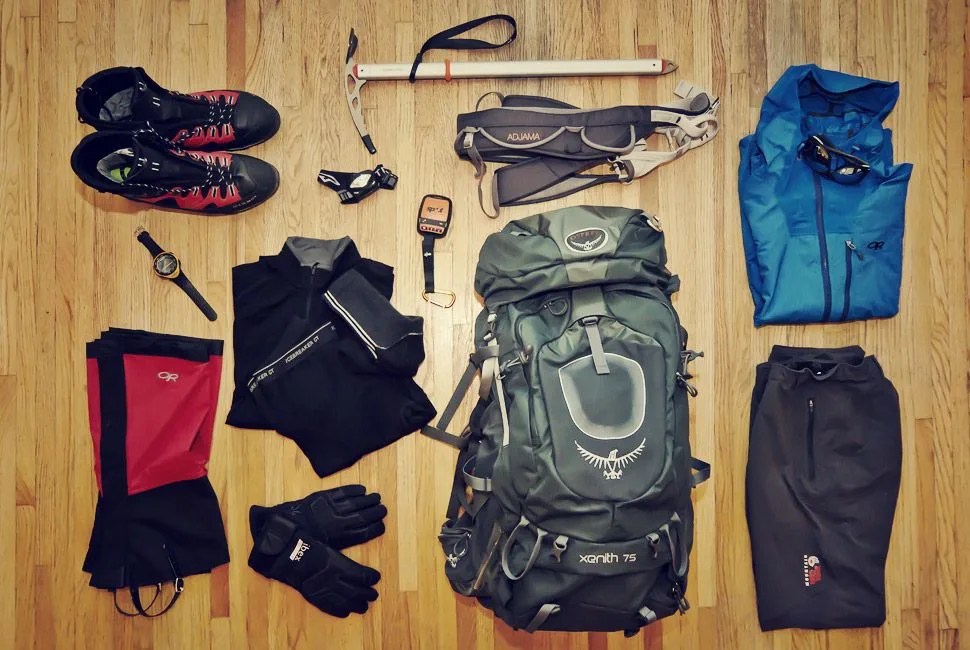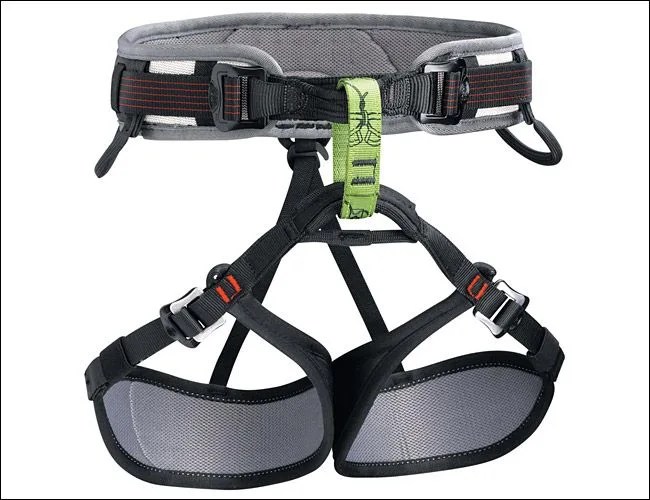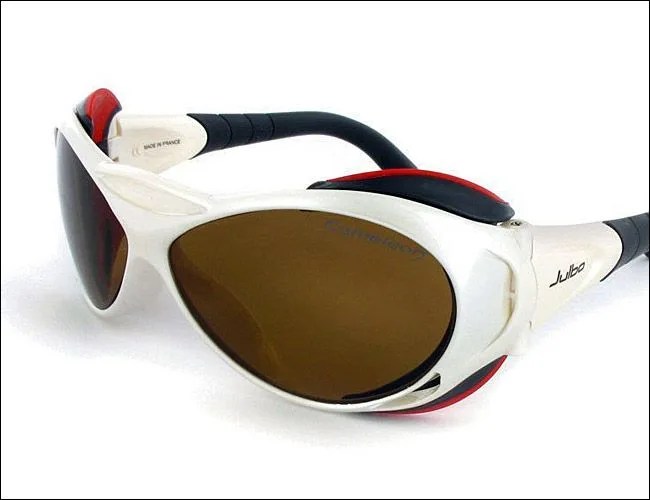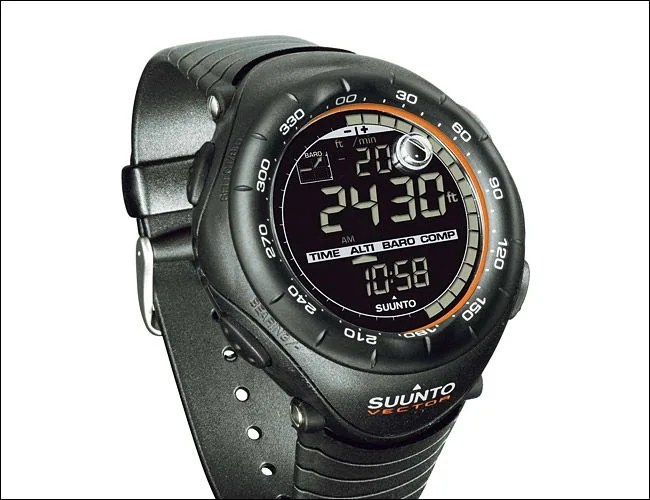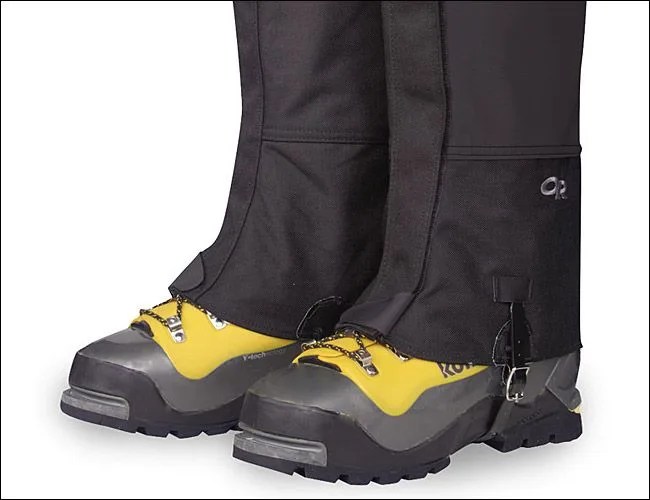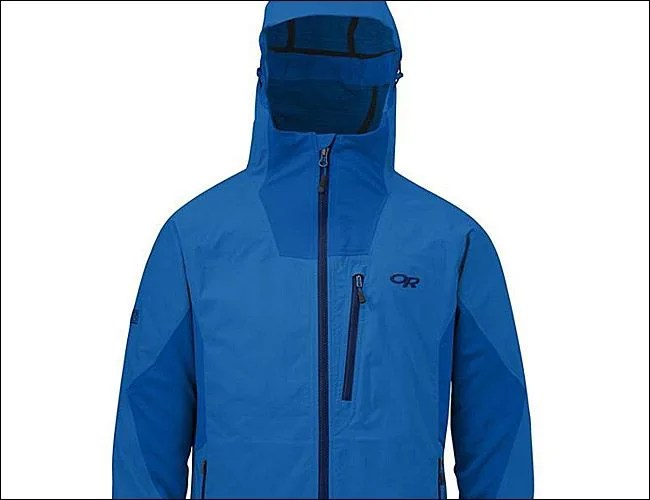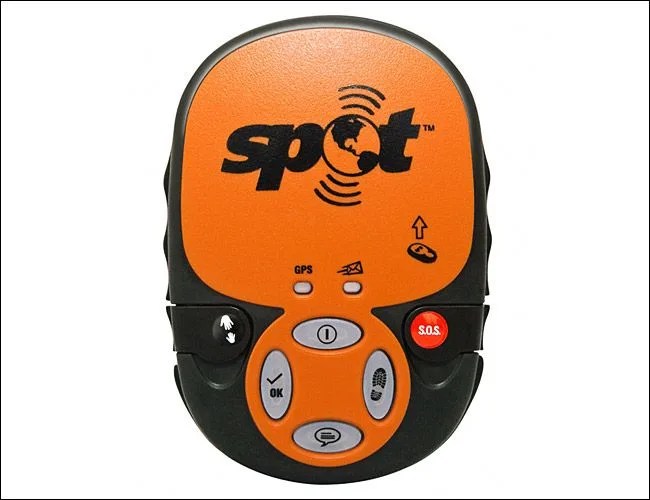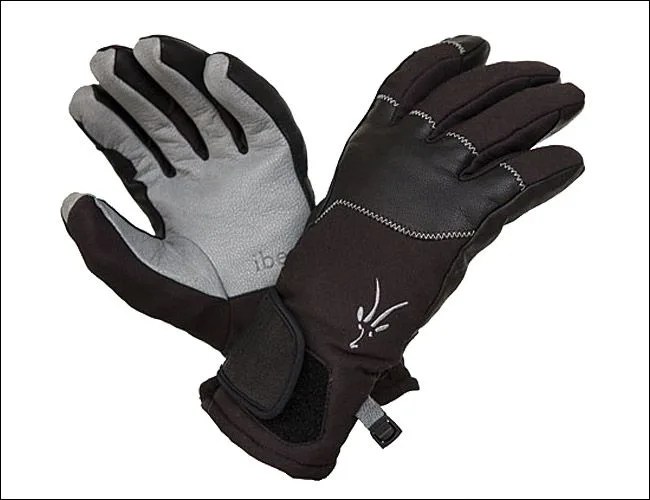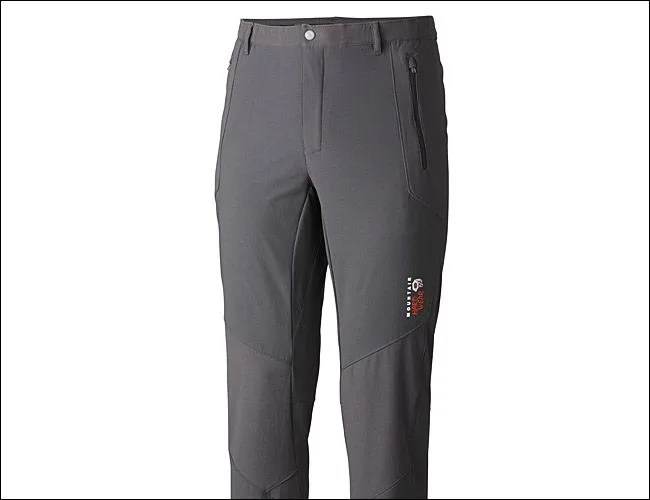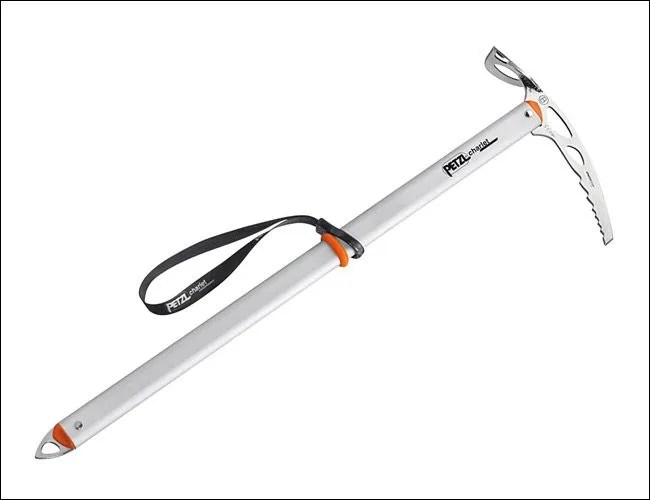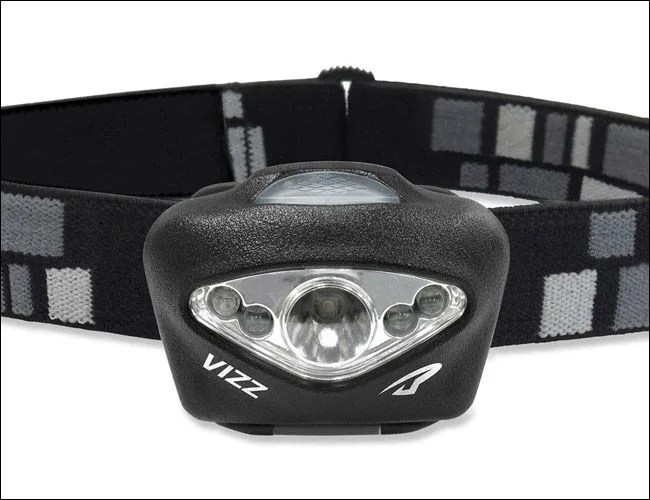Polarfleece jackets and hiking boots may come in handy around the windswept concrete canyons of Manhattan or Minneapolis during the winter, but there is still no better proving ground for outdoor gear than the mountains. There, not only can weather change in minutes, going from lukewarm sun to horizontal blowing snow, but the consequences of failing gear can be serious, and there are no Starbucks to duck into when things get nasty. It’s no wonder all the big outdoor brands’ catalogs use glossy images of climbers fighting the elements on some godforsaken slab of rock.
To take on our recent ascent of Mount Rainier, we rounded up some of the latest and greatest mountaineering gear. And after two days, 9,000 vertical feet of climbing and weather that ranged from downright scorching to subzero wind chills, we’ve got a thing or two to say about each piece. So whether or not you plan to use any of this gear in your urban, or more rustic, adventures, you can be assured we’ve put it all through rigorous testing in a worse place. Just don’t take an ice axe on the subway.
THE MOUNTAINS WIN AGAIN Mountain Style | Best American Mountain Biking Trails | Five All-American Summer Adventures
Mammut Mamook GTX Boots
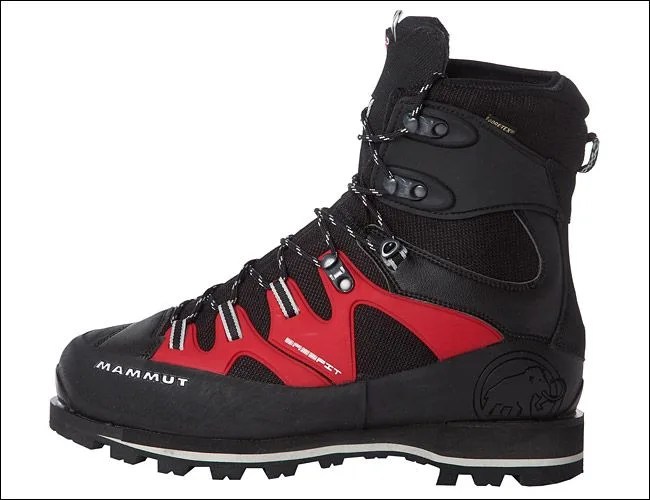
In the old days, mountaineering boots required weeks of regular wear to break in — this due to their inherent necessary stiffness. But these big Mammuts were comfortable right out of the box thanks to the articulated upper and highly adjustable lacing, which allows the lower foot and ankle to be dialed in separately. They’re cut mid-shin height for ample ankle support on steep, uneven terrain and are crampon-ready thanks to a stiff sole and notched toe and heel. Where most early season climbers on Rainier opt for double plastic boots, the Mamooks proved to be more than warm enough for the task with their insulated uppers and Gore-Tex waterproof lining, which kept my feet dry despite knee-deep postholing in rotten, sun-soaked snow.
Osprey Xenith 75 Backpack
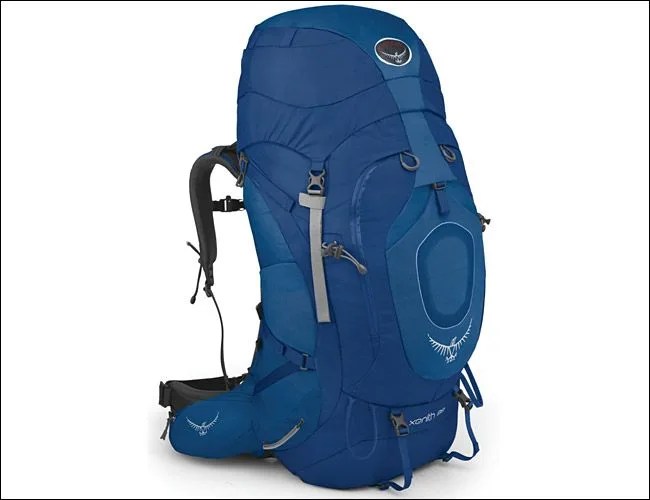
When you’re carrying everything you need on a round-trip totaling 18,000 vertical feet, you’re going to ask a lot of your backpack. It needs to swallow up at least 70 liters of mixed gear but still be easily and quickly accessible; it needs to provide lash points for tools like an ice axe, crampons and trekking poles. Oh yeah, and it’s gotta wear like it’s not even there. The Xenith 75 does all of this well. The black hole interior easily held multiple clothing layers, a sleeping bag and food while zip pockets on the outside held smaller stuff like sunscreen and extra gloves. A large mesh pocket on the back provided the perfect place to stow a climbing helmet for the approach hike and quick release lash points and loops transported an ice axe and crampons during the long hike up to high camp. The hip belt is heat-moldable, allowing for a custom fit, and its integrated zip pockets were perfect for energy gel stowage. Our only wish was for a removable waterproof liner for the rain at lower elevations, which would have been more elegant than a plastic garbage bag.
